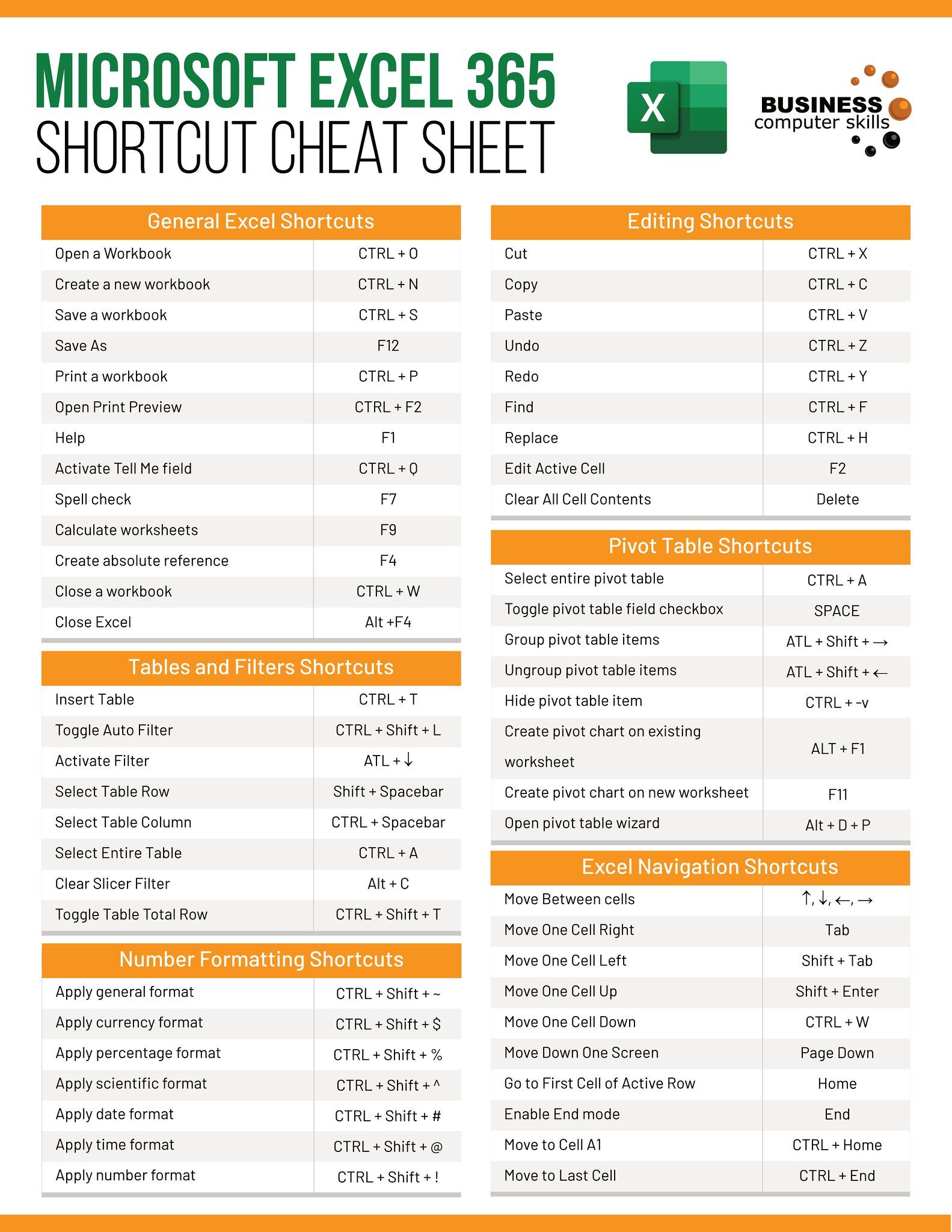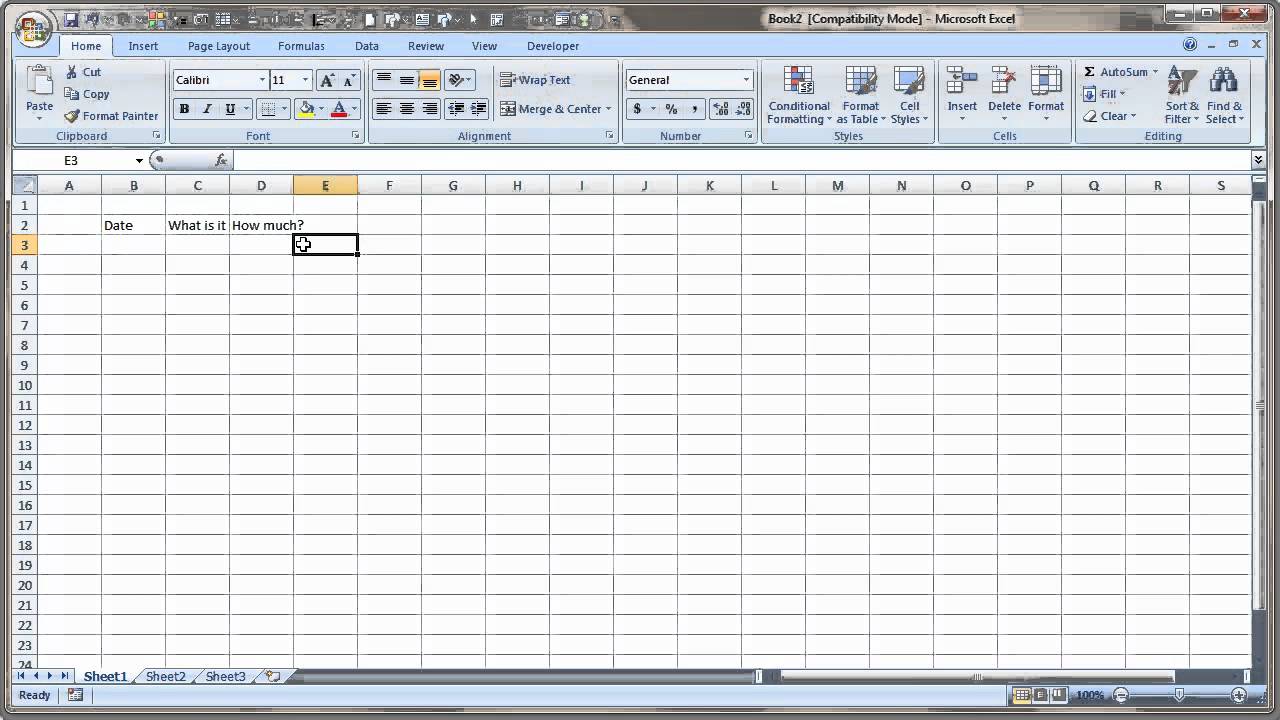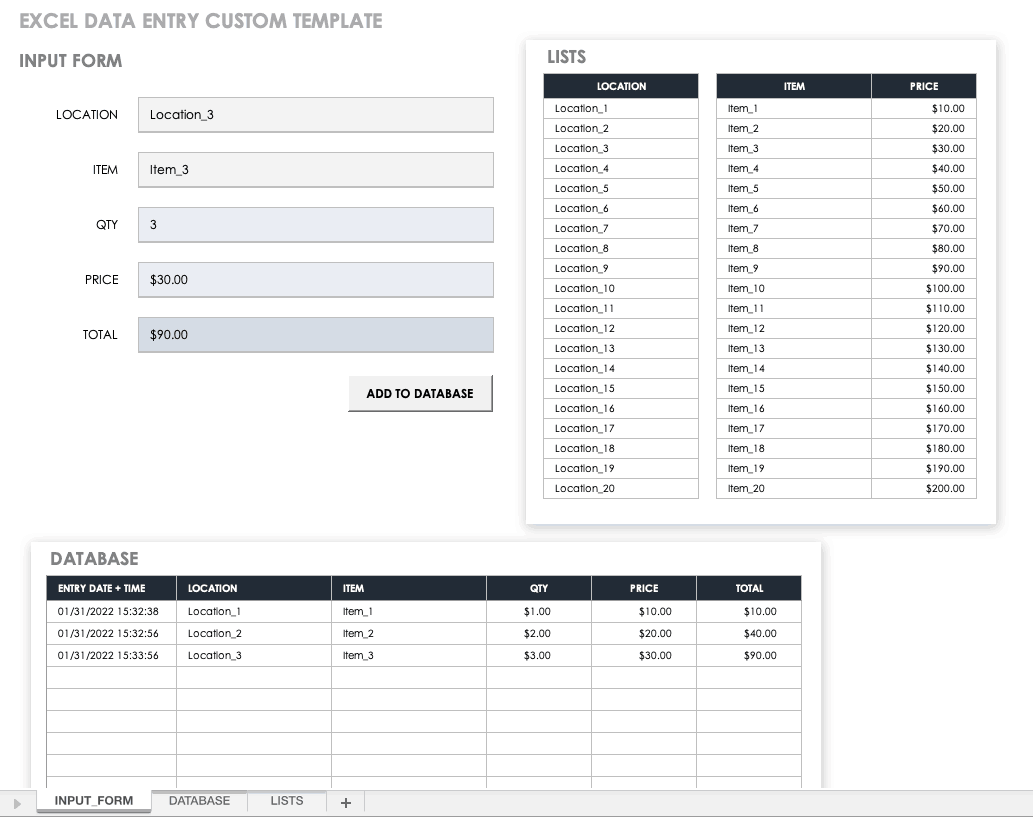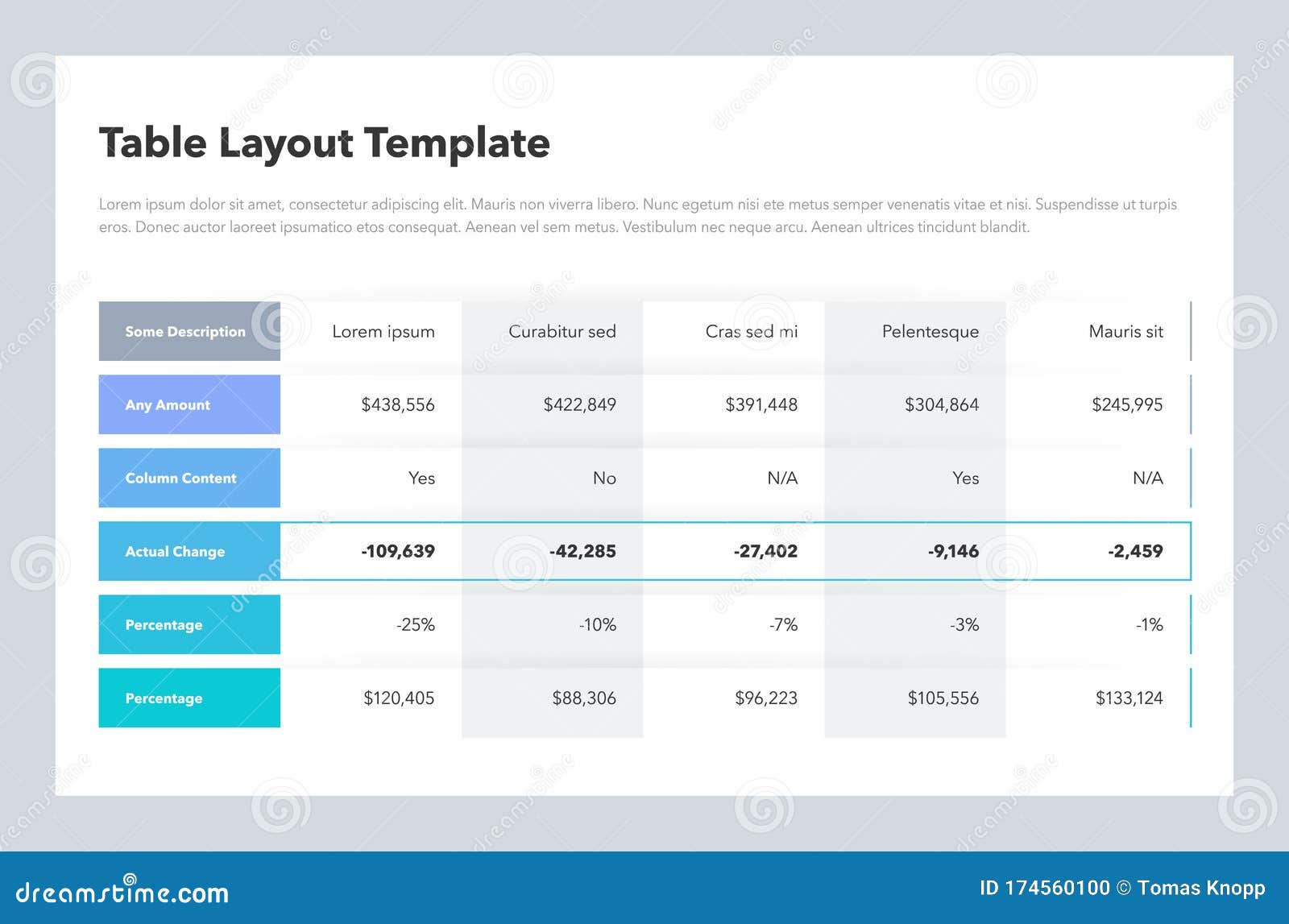5 Tips for Creating Design Sheets in Excel

In today's dynamic work environments, Excel's versatility extends beyond number crunching into a realm where creativity meets productivity. Design sheets are a testament to Excel's prowess as a tool for visual project management, organizational charts, and even prototyping. Here are five strategic tips to elevate your design sheets in Excel, transforming mundane spreadsheets into visual masterpieces:
1. Leverage Excel’s Advanced Formatting Tools

Excel isn’t just about data; it’s a canvas for visual design. Here’s how to leverage its advanced formatting tools:
- Cell Styles and Themes: Navigate to the ‘Home’ tab, where you can access a variety of pre-set cell styles and themes. These presets can quickly transform your data into a visually appealing design.
- Conditional Formatting: Utilize this to dynamically change cell appearance based on the data they contain. This not only makes your design sheet visually engaging but also highlights important information at a glance.
- Using Colors: Select color schemes that align with your project’s branding or that convey the required mood. Excel’s color picker allows you to match exact colors, ensuring consistency across your design.
💡 Note: Keep your design consistent with your brand identity or project theme for a professional look.
2. Incorporate Dynamic Data Visualization

Your design sheet can truly shine when it communicates complex information visually:
- Charts and Graphs: Utilize Excel’s extensive chart options to represent data in a visually engaging manner. Pie charts, line graphs, or even sparklines within cells can tell a story or highlight trends that would be lost in a sea of numbers.
- Data Bars: These visual indicators can quickly show the magnitude of data within cells, adding an instant understanding to your design.
- Adding Images: Embed images or icons directly within your sheets to break monotony and make your design sheet more interactive.
Here’s a sample table to show how you might structure data for visualization:
| Project Phase | Task | Progress | Due Date |
|---|---|---|---|
| Design | UI/UX Mockup | April 10th | |
| Development | Front-End Coding | May 5th | |
| Testing | QA Phase | June 15th |

3. Master Layout Design

The layout is the skeleton of your design sheet:
- Gridlines and Borders: Use these to define areas within your sheet. Grids provide structure, while borders can emphasize or segregate sections.
- Cell Merging: Merge cells to create headers or blocks of information, making your design more structured.
- Freeze Panes: Keep your headers or key columns in view as you scroll through your design sheet, ensuring navigation is seamless.
⚠️ Note: Overuse of cell merging can affect data sorting and filtering; use it judiciously.
4. Embrace the Power of Formulas for Dynamic Designs

Excel’s formulas can make your design sheets come alive:
- Dynamic Data Entry: Use formulas like VLOOKUP, INDEX-MATCH, or the newer XLOOKUP to automatically pull data into your design sheet. This makes updating information effortless.
- Data Validation: Implement data validation rules to control what data can be entered into specific cells, ensuring consistency and accuracy in your design.
5. Customize with Visual Elements

Beyond numbers, Excel allows for the addition of visual cues:
- Shapes and SmartArt: Use these to create flowcharts, mind maps, or simply to highlight key information. Shapes can also help to break up text-heavy sheets.
- Text Boxes: Add text boxes for annotations or to create callouts that explain complex parts of your design.
Wrapping up these tips, creating design sheets in Excel is an art that blends creativity with functionality. By leveraging advanced formatting, data visualization, layout mastery, dynamic formulas, and visual elements, you can transform Excel spreadsheets from mere tools of calculation into dynamic design sheets that not only present data but tell a visual story. Remember, the key is to keep your design clean, consistent, and most importantly, functional. In the realm of data visualization and project management, your design sheet will stand out not just for its aesthetic appeal but for its ability to communicate complex information effectively.
Can I use Excel for design work?

+
Yes, Excel can be used for design work, particularly for project management, data visualization, and creating organized sheets that visually represent information. With its advanced formatting tools, you can create design sheets that are both functional and visually appealing.
How do I ensure my design sheet remains functional while looking good?

+
Keep your design simple, maintain a logical flow, and use visual elements judiciously. Ensure that your design does not compromise the sheet’s usability; the primary function of the sheet should always be to communicate or organize data effectively.
What are some common mistakes to avoid when designing in Excel?

+
Avoid overuse of colors, complex layouts, and excessive use of merged cells that can confuse users or compromise sorting functionality. Also, ensure that data validation is used to maintain data integrity while designing.
Can I incorporate charts and graphs into a design sheet?

+
Absolutely! Excel’s suite of charting tools allows you to embed dynamic visualizations that update automatically with your data, enhancing the design sheet’s capability to present data visually.